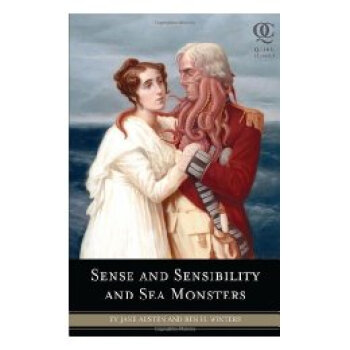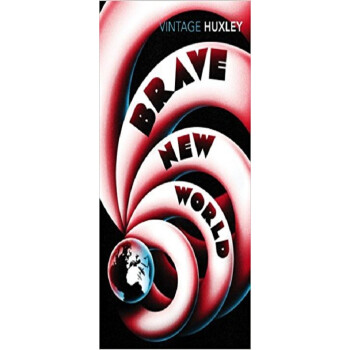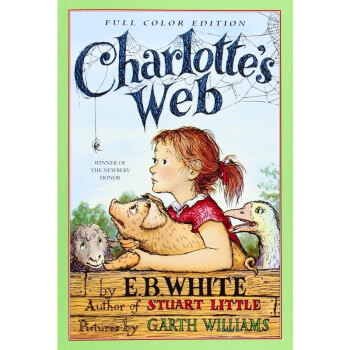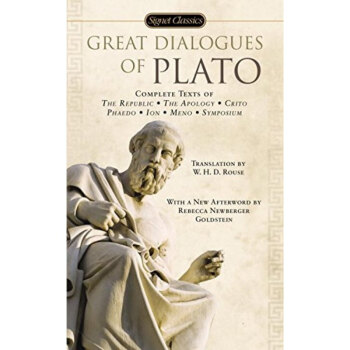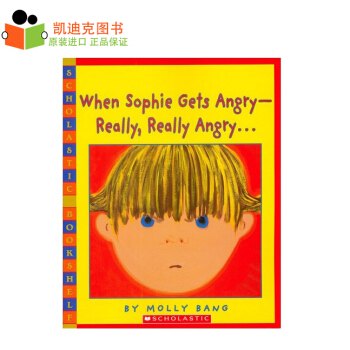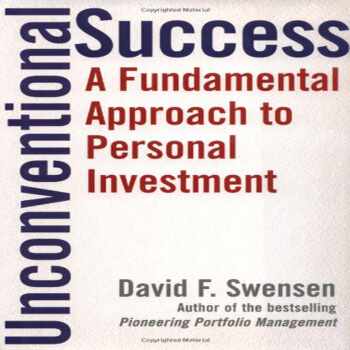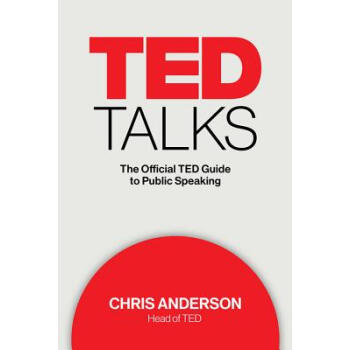![Made to Stick 粘住:为什么我们记住了这些,忘掉了那些? [精装]](https://pic.tinynews.org/19041702/6c6204f0-b427-4d94-9b5d-9821d1b88439.jpg)

具体描述
内容简介
Mark Twain once observed, "A lie can get halfway around the world before the truth can even get its boots on." His observation rings true: Urban legends, conspiracy theories, and bogus public-health scares circulate effortlessly. Meanwhile, people with important ideas–business people, teachers, politicians, journalists, and others–struggle to make their ideas "stick."Why do some ideas thrive while others die? And how do we improve the chances of worthy ideas? In Made to Stick, accomplished educators and idea collectors Chip and Dan Heath tackle head-on these vexing questions. Inside, the brothers Heath reveal the anatomy of ideas that stick and explain ways to make ideas stickier, such as applying the "human scale principle," using the "Velcro Theory of Memory," and creating "curiosity gaps."
In this indispensable guide, we discover that sticky messages of all kinds–from the infamous "kidney theft ring" hoax to a coach's lessons on sportsmanship to a vision for a new product at Sony–draw their power from the same six traits.
Made to Stick is a book that will transform the way you communicate ideas. It's a fast-paced tour of success stories (and failures)–the Nobel Prize-winning scientist who drank a glass of bacteria to prove a point about stomach ulcers; the charities who make use of "the Mother Teresa Effect"; the elementary-school teacher whose simulation actually prevented racial prejudice. Provocative, eye-opening, and often surprisingly funny, Made to Stick shows us the vital principles of winning ideas–and tells us how we can apply these rules to making our own messages stick.
作者简介
Chip Heath is a professor of organizational behavior in the Graduate School of Business at Stanford University. He lives in Los Gatos, California.Dan Heath is a Consultant to the Policy Programs of the Aspen Institute. A former researcher at Harvard Business School, he is a co-founder of Thinkwell, an innovative new-media textbook company. He lives in Raleigh, North Carolina.
精彩书评
"Unabashedly inspired by Malcolm Gladwell's bestselling The Tipping Point, the brothers Heath Chip a professor at Stanford's business school, Dan a teacher and textbook publisher offer an entertaining, practical guide to effective communication. Drawing extensively on psychosocial studies on memory, emotion and motivation, their study is couched in terms of "stickiness" that is, the art of making ideas unforgettable. They start by relating the gruesome urban legend about a man who succumbs to a barroom flirtation only to wake up in a tub of ice, victim of an organ-harvesting ring. What makes such stories memorable and ensures their spread around the globe? The authors credit six key principles: simplicity, unexpectedness, concreteness, credibility, emotions and stories. (The initial letters spell out "success" well, almost.) They illustrate these principles with a host of stories, some familiar (Kennedy's stirring call to "land a man on the moon and return him safely to the earth" within a decade) and others very funny (Nora Ephron's anecdote of how her high school journalism teacher used a simple, embarrassing trick to teach her how not to "bury the lead"). Throughout the book, sidebars show how bland messages can be made intriguing. Fun to read and solidly researched, this book deserves a wide readership."--Publishers Weekly
用户评价
说实话,我翻开这本书的初衷,其实是想解决一个日常工作中的痛点:为什么我们精心准备的提案,在会议结束后很快就被人遗忘了?那种付出了大量心血,却收效甚微的挫败感,驱使我寻找更高级的沟通策略。我一直在寻找的,不仅仅是修辞技巧的优化,而是关于人类心智运作机制的洞察。我希望作者能用生动有趣的方式,将那些晦涩难懂的心理学原理转化为日常生活中随处可见的场景。如果能看到一些关于“人性弱点”如何被巧妙利用来增强信息留存率的分析,我会感到非常过瘾。我尤其期待看到那些关于故事叙述力量的剖析——故事是如何绕过我们的逻辑防御系统,直接在情感层面建立连接的。如果作者能提供一些关于如何构建一个“可重复、可传播”的叙事框架的指导,那么这本书对我而言就具有极高的实战价值。我希望它能像一把手术刀,精准地解剖那些流传广泛的概念,让我们明白其结构上的精妙之处。
评分我对那些能够揭示事物运作底层逻辑的著作有着近乎偏执的喜爱。这本书的标题本身就带有强烈的目标导向性——“粘住”,这暗示着作者提供的是一种工程学的解决方案,而非仅仅是哲学思辨。我期望书中能够详尽地分析那些成功传播的案例,并非简单地罗列,而是像拆解精密仪器一样,逐一解析其组件:核心信息是如何被提炼的?它采用了哪种“认知框架”来匹配我们已有的知识体系?传播的载体(媒介)又是如何服务于“粘性”这个目标的?我尤其关注关于“情感驱动力”的部分,因为纯粹的理性信息很难让人产生采取行动的欲望。如果能读到关于如何构建一种能激发“好奇心循环”的叙事结构,让听众或读者主动去填补信息空白,那无疑是这本书的巨大成功之处。我寻求的是一套能够系统化提升信息穿透力的“方法论”。
评分购买这本书,很大程度上是出于对“持久影响力”的向往。我们都想留下一些有价值的东西,无论是知识、理念还是品牌,都希望能超越短期热度,实现长久的回响。我关注的是,信息如何从短暂的注意力跨越到长期记忆的壁垒。我希望作者能够深入探讨“意外性”和“具体性”在信息粘合过程中的作用。那些过于模糊或符合预期太多的信息,往往是最先被大脑自动过滤掉的。因此,我期待看到如何通过巧妙地引入“反常识”的元素,或者用极其具体的、可感知的细节来锚定抽象的概念。如果书中能提供一些“反直觉”的传播技巧,那将是非常惊喜的收获。我更看重它在打破常规思维定势上的贡献,而不是简单地复述一些老生常谈的沟通建议。我期待这本书能提供一把“解锁”人们深层思维模式的钥匙。
评分最近我一直在思考,为什么有些看似简单的口号或观点,却能形成强大的文化符号,成为一代人的共同记忆?这种现象背后一定有其规律可循。我阅读许多关于传播学和认知科学的书籍,但很多都偏向学术化,读起来比较枯燥。我期望这本精装本能做到雅俗共赏,既有扎实的理论支撑,又不失阅读的乐趣。我特别关注作者在区分“记住”和“理解”之间的界限上会采取何种角度。记住不等于理解,但有效的传播往往需要先被记住,才能进入到被理解的阶段。我希望书中能有关于“可操作性”的详细论述,比如,哪些元素是必须保留的“骨架”,哪些是可以通过变化来适应不同受众的“血肉”。如果这本书能帮助我构建一套评估信息“粘性潜力”的内部标准,那我就能更有信心地去筛选和创造那些真正有生命力的内容。这种对信息生命力的探求,是我对这本书的核心期待。
评分这本厚重的精装书拿到手里,首先给我的感觉就是分量十足,装帧设计本身就透露着一种“值得一读”的意味。我一直对那些能够穿越时间、在人们脑海中留下深刻印记的概念和信息非常好奇,究竟是什么样的魔力,让某些想法像口香糖一样牢牢地粘在我们的记忆里,而另一些则像沙子一样轻易滑走?我期待着作者能揭示出那些隐藏在有效沟通背后的底层逻辑和操作指南。阅读过程中,我特别关注那些案例的选取是否足够具有代表性,那些被反复提及的成功范例是否真的能提供一套可以被模仿的、可操作的框架。我希望这本书不仅仅是停留在理论层面探讨“为什么”,更要深入到“如何做”的实践层面。毕竟,在信息爆炸的今天,我们每天都被海量的信息轰炸,真正稀缺的不是信息本身,而是那些能够穿透噪音、直击人心的信息。如果这本书能提供一套清晰的“粘性法则”,让我能将复杂的知识或创新的理念更有效地传达给我的团队或听众,那它的价值将无可估量。那种掌握了“成功秘诀”的恍然大悟感,是我从这本书中最渴望获得的体验。
相关图书
本站所有内容均为互联网搜索引擎提供的公开搜索信息,本站不存储任何数据与内容,任何内容与数据均与本站无关,如有需要请联系相关搜索引擎包括但不限于百度,google,bing,sogou 等
© 2025 book.idnshop.cc All Rights Reserved. 静思书屋 版权所有

![Fireflies in the Night: Revised Edition (Let's-Read-and-Find-Out Science 1) [平装] [4岁及以上] pdf epub mobi 电子书 下载](https://pic.tinynews.org/19095723/550bf65cNc2d82dfc.jpg)
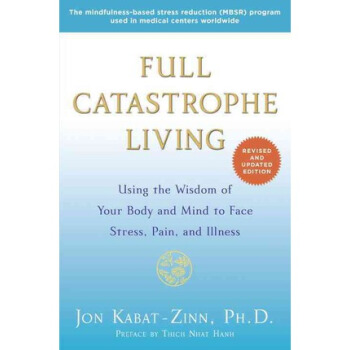
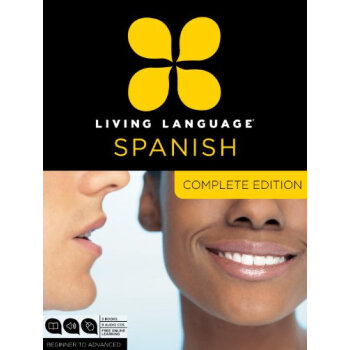
![World Of Ninjago Official Guide [精装] [7-10岁] pdf epub mobi 电子书 下载](https://pic.tinynews.org/19545646/5645b4ddN19ecb62a.jpg)
![Ultimate Star Wars 英文原版 [精装] pdf epub mobi 电子书 下载](https://pic.tinynews.org/19548327/5609f953Nb115e698.jpg)
![Marvel's The Avengers Encyclopedia [精装] pdf epub mobi 电子书 下载](https://pic.tinynews.org/19550288/56d94a94Nffa44710.jpg)
![Gold Star For George 乔治的金星 [平装] [乔治的金星(长颈鹿乔治和朋友们)] pdf epub mobi 电子书 下载](https://pic.tinynews.org/19567355/57069287N70ae9ae0.jpg)
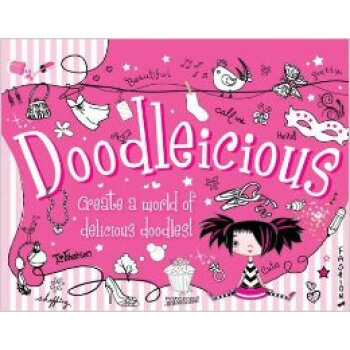
![Stink and the Attack of the Slime Mold [平装] [06--09] pdf epub mobi 电子书 下载](https://pic.tinynews.org/19688495/57d22a9dN29309f08.jpg)
![National Geographic Readers: Night Sky [平装] [05--08] pdf epub mobi 电子书 下载](https://pic.tinynews.org/19768523/58296368N8ebcdb5d.jpg)
![Star Wars Visual Encyclopedia 英文原版 [精装] pdf epub mobi 电子书 下载](https://pic.tinynews.org/19853379/58a6bbddNf8803bbe.jpg)
